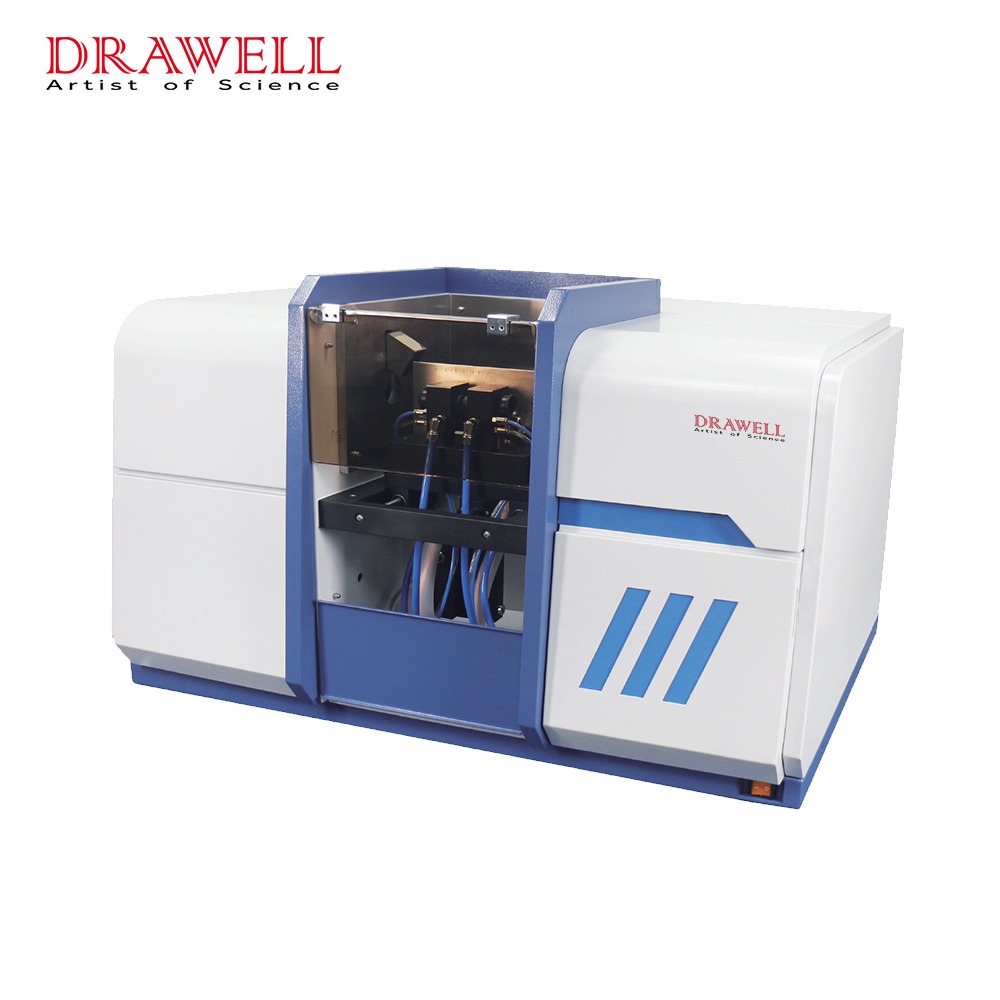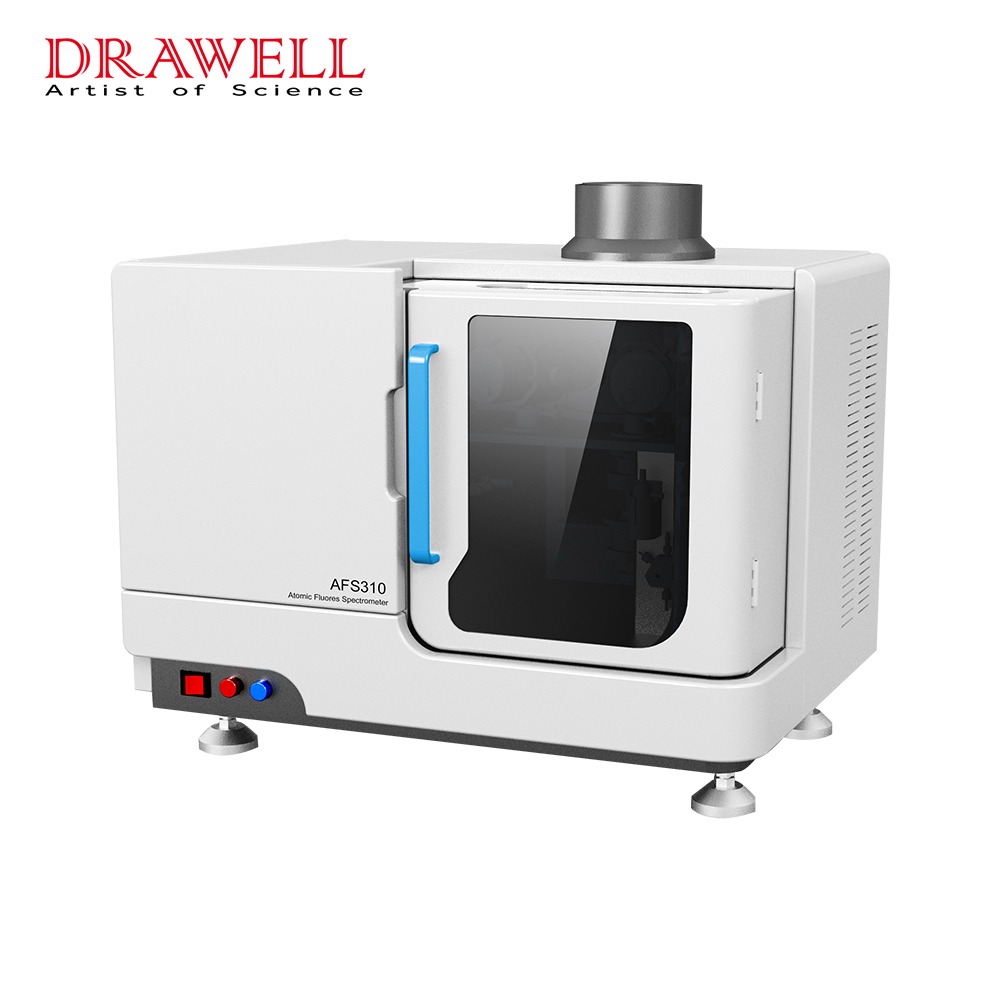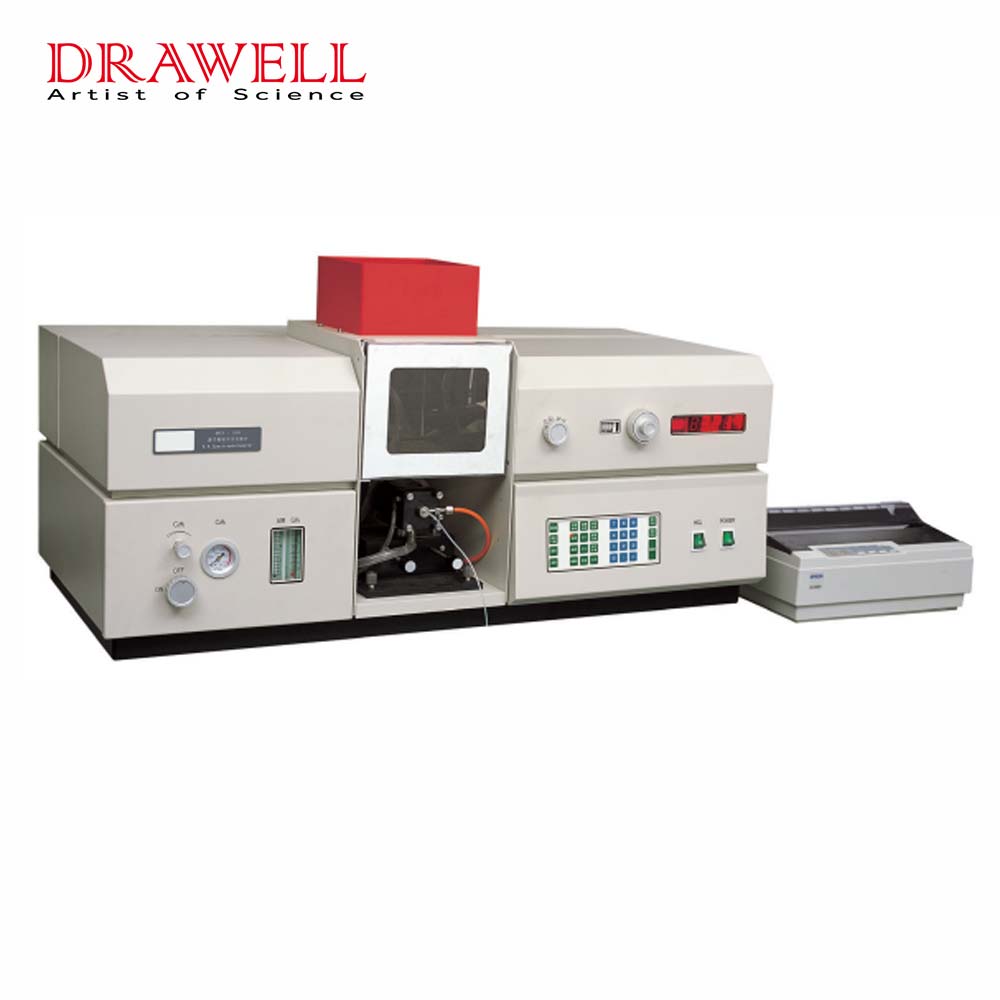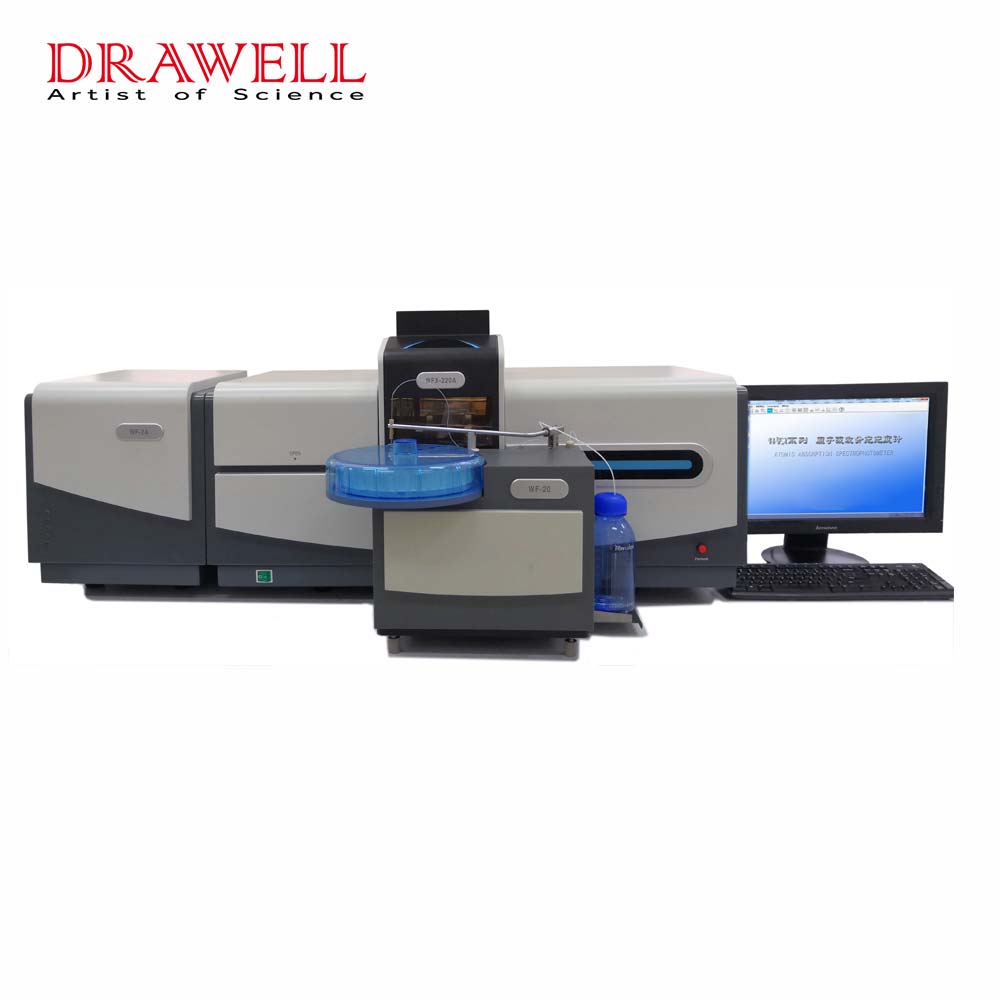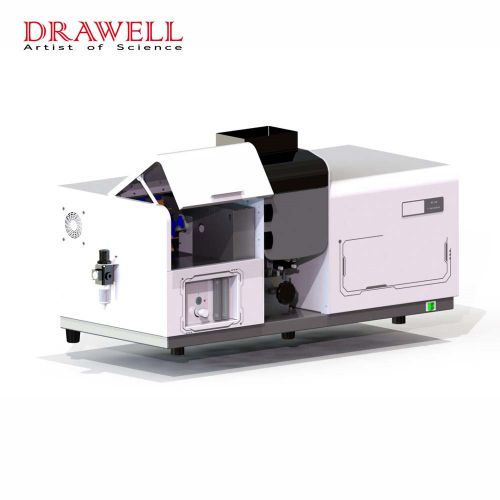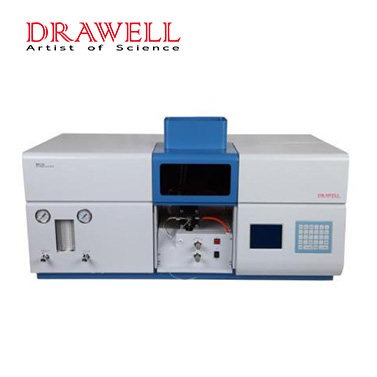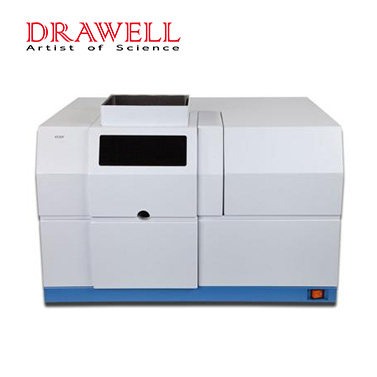FAAS, which is the abbreviation of Flame Atomic Absorption Spectrophotometry, is subject to interferences that can compromise the reliability of the results. Interferences in FAAS can be broadly categorized into spectral, chemical, and matrix interferences. Implementing effective strategies to reduce these interferences is crucial for achieving accurate and reliable measurements.
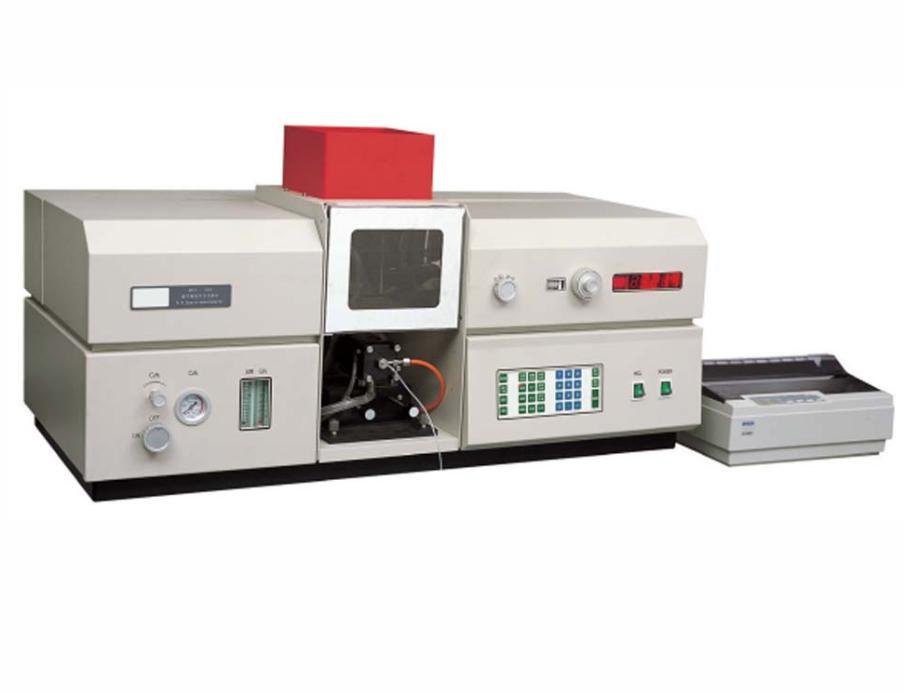
What is FAAS Measurement
Flame Atomic Absorption Spectroscopy is an analytical technique used to measure the concentration of specific metal elements in samples. Here’s a chart providing a concise overview of FAAS measurements, highlighting the essential components and characteristics of the technique.
| Aspect | Description |
| Principle | Measures the absorption of light by free metal ions in a flame. |
| Light Source | Hollow Cathode Lamp (HCL) specific to the element being measured. |
| Sample Introduction | Sample is aspirated into a flame where it is atomized. |
| Flame Type | Typically air-acetylene or nitrous oxide-acetylene flame. |
| Detection | Measures the intensity of light absorbed by the sample. |
| Sensitivity | High, but varies depending on the element and flame conditions. |
| Calibration | Requires standards of known concentration for calibration. |
| Applications | Trace metal analysis in environmental, clinical, and industrial samples. |
| Advantages | High precision, low detection limits, and ability to analyze multiple elements. |
| Limitations | Interferences from other elements, requires flame and gas management, limited to metal ions. |
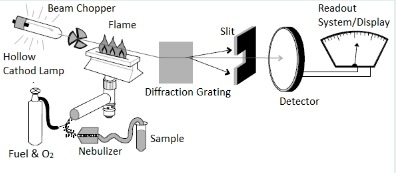
Key Strategies to Reduce Interferences in FAAS Measurements
1. Spectral Interference Reduction
Spectral interferences occur when absorption or emission lines of other elements or molecules overlap with the analyte’s absorption line. Strategies to reduce spectral interferences include:
- Selection of Alternative Wavelengths: Choosing an alternative absorption line that is free from overlap can often resolve spectral interferences. Each element typically has multiple absorption lines, allowing analysts to select the most suitable one.
- Background Correction Techniques: Employing background correction methods such as deuterium arc and Zeeman effect correction helps distinguish the analyte signal from background absorption. Deuterium background correction is effective for continuous background absorption, while Zeeman correction is beneficial for addressing structured background interferences.
2. Chemical Interference Reduction
Chemical interferences arise from chemical reactions occurring in the flame, leading to the formation of non-volatile compounds or dissociation of the analyte.
- Use of Releasing Agents: Adding releasing agents like lanthanum or strontium can bind with interfering species, freeing the analyte from complex formation. For example, adding lanthanum can prevent the formation of refractory phosphates when measuring calcium.
- Use of Protecting Agents: Protecting agents, such as EDTA, can form stable complexes with the analyte, preventing it from reacting with interfering substances. This is particularly useful in cases where the analyte forms non-volatile compounds with elements present in the sample matrix.
- Flame Adjustment: Optimizing the flame composition and temperature can reduce chemical interferences. For instance, using a lean flame (higher oxidant-to-fuel ratio) can reduce the formation of metal oxides, while a rich flame (lower oxidant-to-fuel ratio) can prevent dissociation of volatile species.
3. Matrix Interference Reduction
Matrix interferences occur due to the presence of other substances in the sample that affect the atomization efficiency or signal intensity of the analyte.
- Matrix Matching: Preparing calibration standards in a matrix similar to the sample ensures that the standards and sample behave similarly in the flame, thereby minimizing matrix effects. This approach is especially important when dealing with complex matrices like biological fluids or environmental samples.
- Standard Addition Method: This method involves adding known quantities of the analyte to the sample and measuring the signal increase. By plotting the signal against the added concentration, the original analyte concentration can be determined, effectively compensating for matrix effects.
- Dilution: Diluting the sample can reduce the concentration of interfering substances, thereby minimizing their impact on the analyte signal. However, this approach is limited by the detection limits of the FAAS technique.
4. Instrumental and Methodological Enhancements
- Optimization of Instrument Parameters: Adjusting parameters such as burner height, slit width, and lamp current can enhance the sensitivity and selectivity of the measurement. For instance, optimizing the burner height ensures that the analyte atoms are in the hottest part of the flame, improving atomization efficiency.
- Use of Modifiers: Adding modifiers to the sample can enhance the atomization of the analyte or suppress the signal of interfering species. For example, adding potassium can suppress the ionization of sodium in the flame, leading to more accurate sodium measurements.
- Interference Corrections through Software: Modern FAAS instruments are equipped with software that can automatically correct for certain types of interferences. Utilizing these built-in correction algorithms can improve the accuracy of the results.
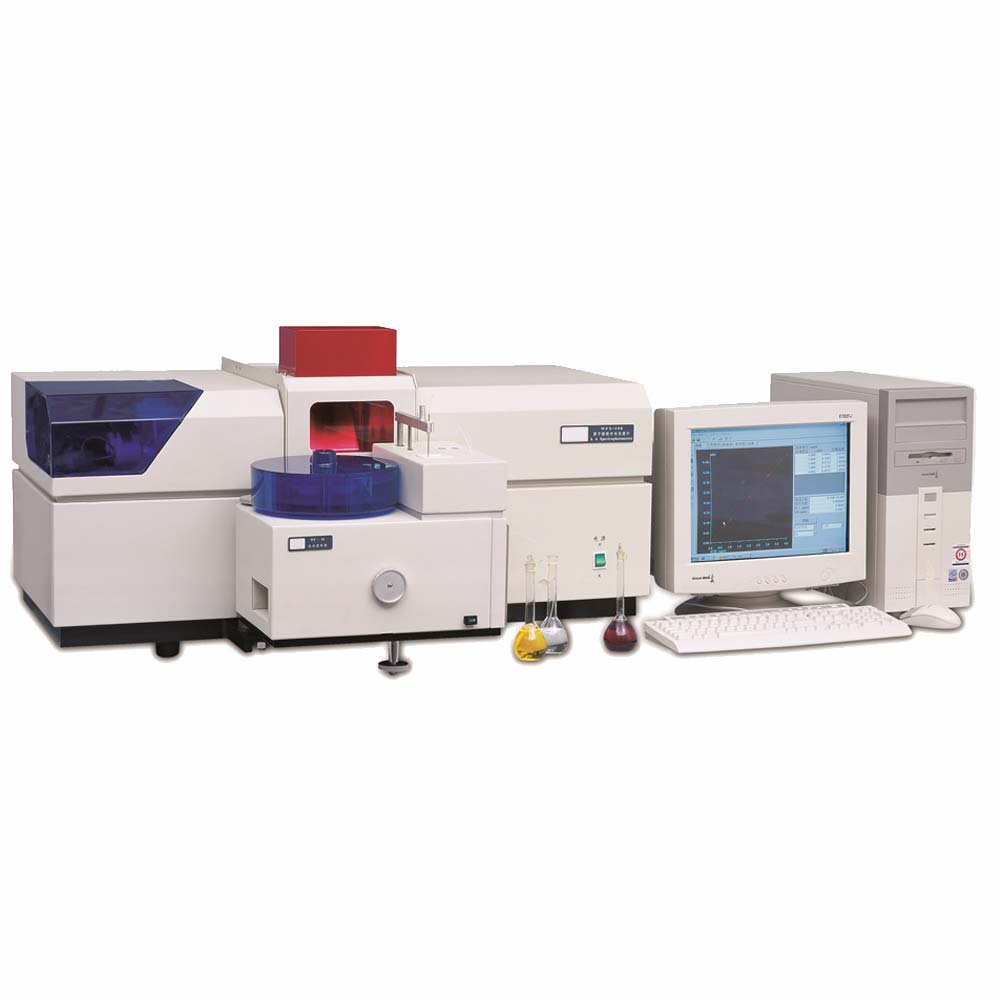
Why Choose Drawell as A Trustworthy Supplier of FAAS Instruments?
Drawell is one of the leading manufacturers and exporters of laboratory equipment and scientific instruments. Drawell specializes in a wide range of laboratory and medical instruments, including spectrophotometers, centrifuges, Raman spectrometers, AAS, PCR machines, etc.
Advantages of Drawell FAAS Instruments
- Quality and Reliability: Drawell is renowned for its commitment to high-quality manufacturing standards, ensuring that every FAAS unit is reliable and performs consistently. Their rigorous quality control processes guarantee that each instrument meets industry standards and delivers accurate, reproducible results.
- Advanced Technology: Drawell invests heavily in research and development, integrating cutting-edge technology into their Flame Atomic Absorption Spectrometers. This focus on innovation ensures that users benefit from the latest advancements in atomic absorption spectroscopy, resulting in enhanced sensitivity, precision, and efficiency.
- Comprehensive Product Range: Drawell offers a diverse range of FAAS models, catering to various laboratory needs and applications. Whether for routine analysis or specialized research, there is a Drawell FAAS model suitable for every requirement, providing flexibility and choice for customers.
- Customer Support and Service: Excellent customer support is a cornerstone of Drawell’s business philosophy. They provide comprehensive pre- and post-sales support, including installation, training, maintenance, and troubleshooting. Their dedicated service teams ensure that customers can rely on their FAAS instruments for continuous and optimal performance.
- Competitive Pricing: Drawell combines quality with affordability, offering Atomic Absorption Spectrometers at competitive prices. This cost-effectiveness allows laboratories to access high-performance equipment without compromising on budget, making Drawell an attractive choice for both small and large institutions.
- Global Presence and Reputation: With a strong global presence and a reputation for excellence, Drawell has established itself as a trusted name in the field of scientific instrumentation. Their widespread distribution network and numerous satisfied customers around the world attest to their reliability and trustworthiness as a supplier.
- Commitment to Innovation: Drawell is dedicated to continuous improvement and innovation. They actively seek customer feedback and keep abreast of technological trends to refine and enhance their products. This commitment ensures that their FAAS instruments remain at the forefront of the industry, offering state-of-the-art features and performance.
Choosing Drawell as a supplier of FAAS instruments means partnering with a company that prioritizes quality, technological advancement, customer support, and value.

